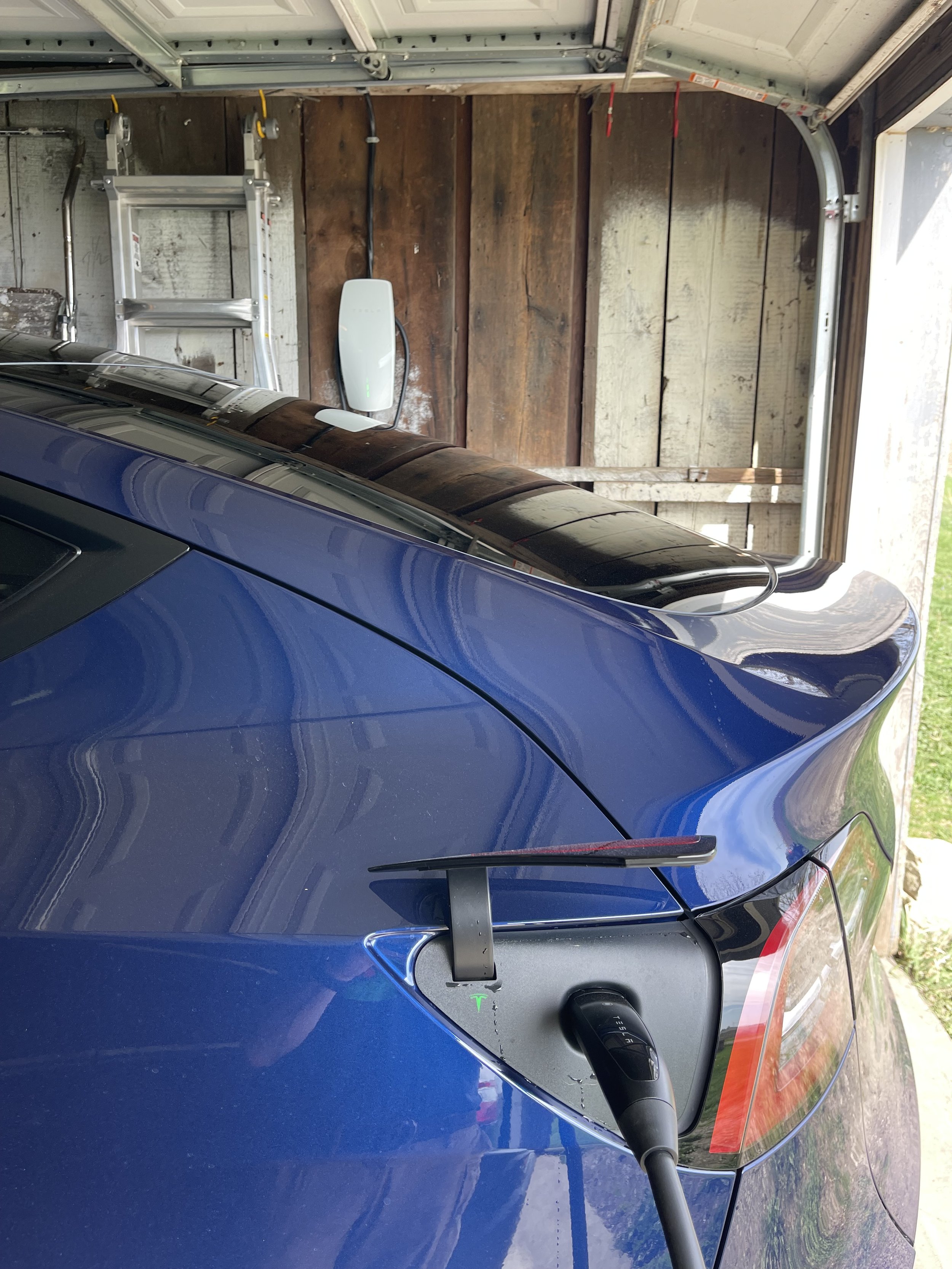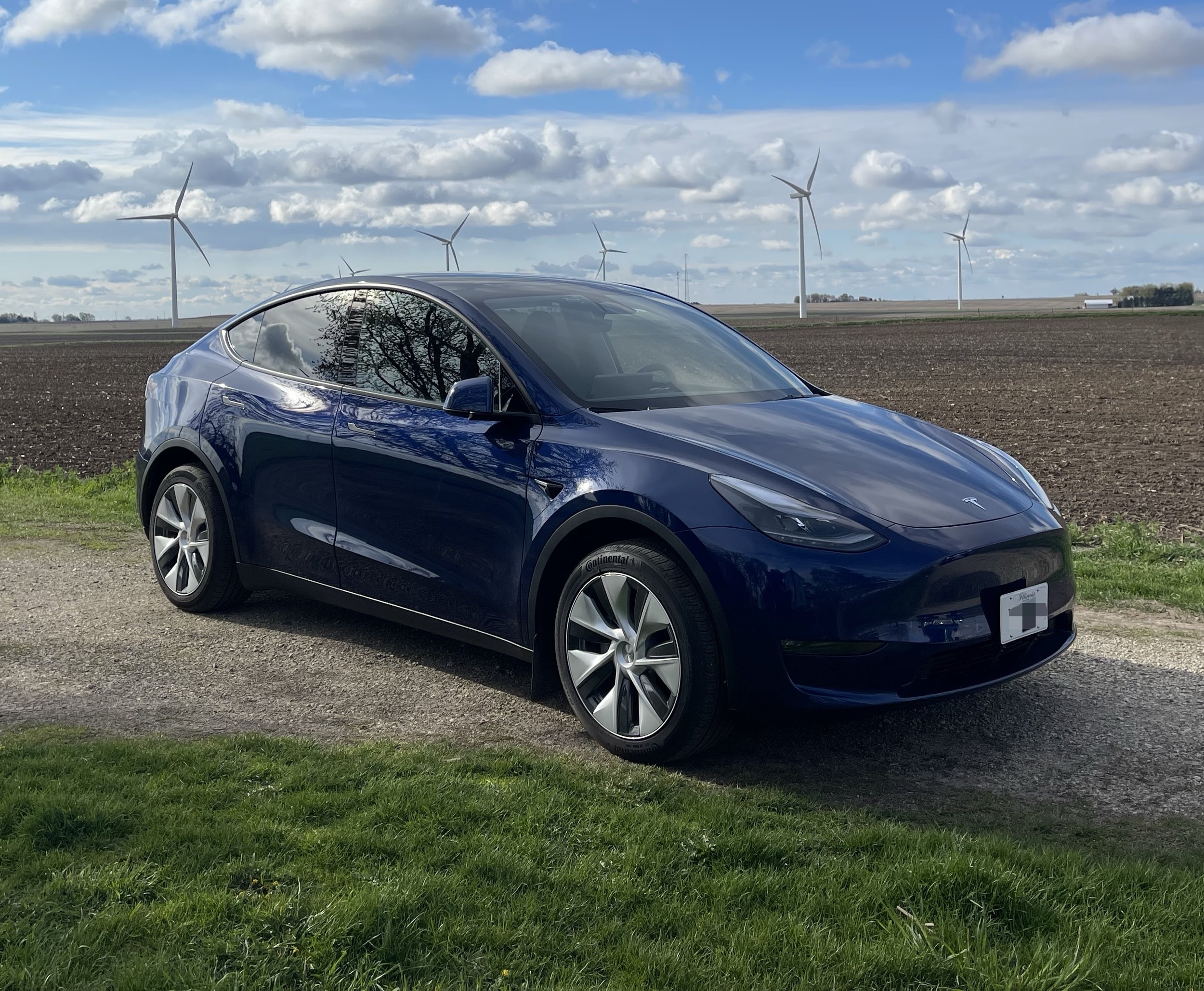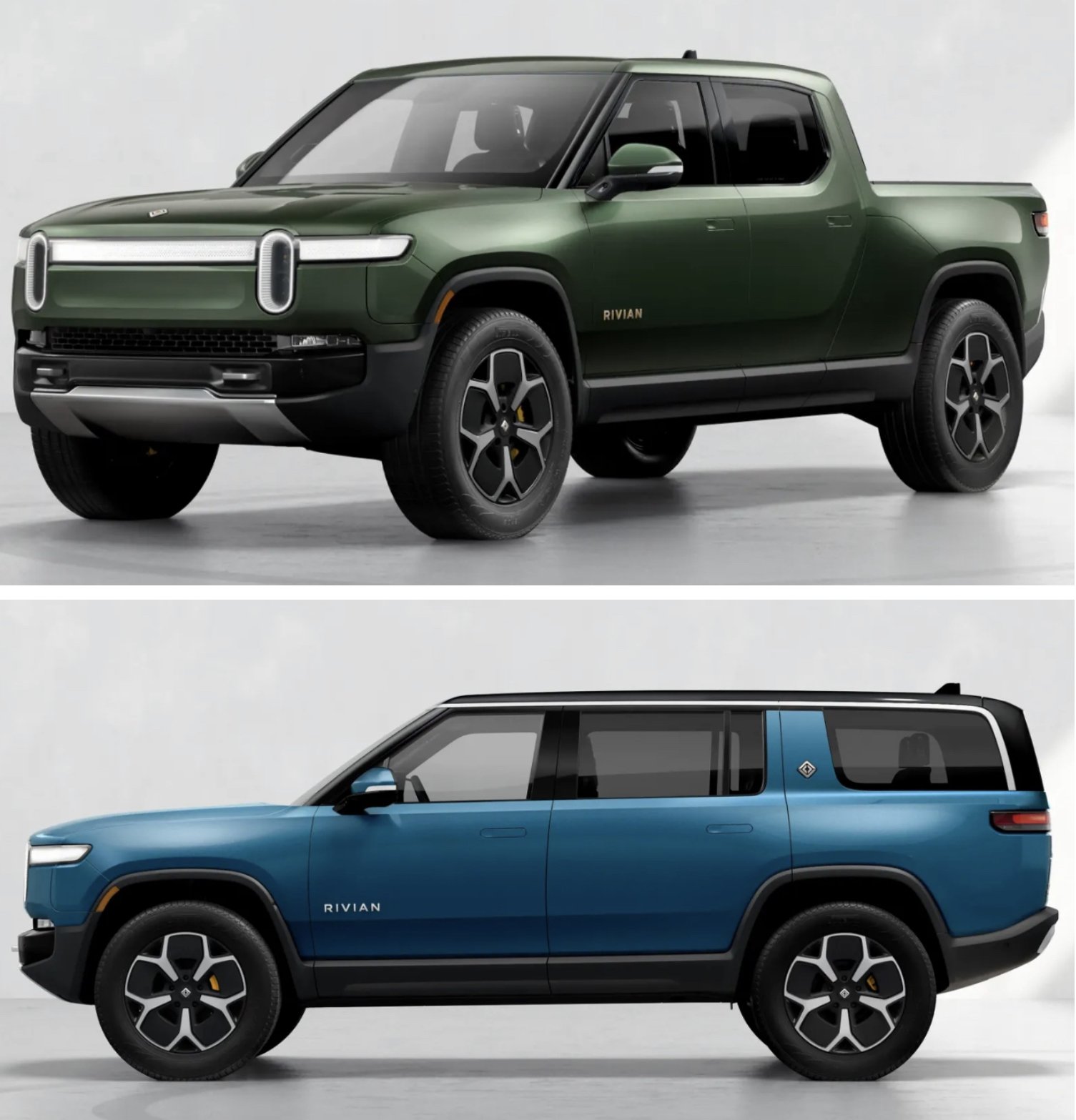I did a thing…
At the end of March I took delivery of a 5-seat 2023 Tesla Model Y Long Range in Deep Blue Metallic.
Why Electric?
Although it many be difficult to tell based on this site alone, I do have interests outside of cycling. I have been a car guy for my entire life, from playing with matchbox cars and watching my dad restore a 1961 Corvette in my early childhood, to a string of similarly oriented cars of my own, starting with a 1977 Camaro and including a Triumph Spitfire, a pair of BMW’s, a Mazda RX-7, a Honda Civic Si, and a 2006 Mini Cooper S as a partial list.
And I’ve been technology oriented for nearly as long, from programming my Big Trak and typing in gaming code from the back of magazines into my Commodore 64 to the Mac Studio on my desk and the iPad Pro I’m writing this on.
(I’m also painfully aware that both of the lists in those two paragraphs also illustrate the fact that I am, perhaps, not a spring chicken).
All of that means that I have absolutely been one of those people closely watching the development and progress of electric cars for a very long time. Of course, for a long time “progress” mostly meant seeing whatever vehicle Ed Begley Jr was prepared to suffer with and then watching General Motors do something magnificent with the EV1 and then destroy that thing. In short, tho I was naturally interested in them, they generally did not fit into the performance-oriented focus that I leaned towards. Slow machines, with limited range and utility, meant they were essentially a curiousity.
All of that changed with the emergence of Tesla. As anyone with any interest in this area likely already knows, the original Tesla Roadster) was a true game changer. It was truly quick, and had a useful, real-world range. Granted, it was expensive and tiny, based on the Lotus Elise, but it was a signal that real, useful electric cars were finally a possibility, and they didn’t have to be torture chambers that only quirky, lanky blonde (and talented) actors were interested in.
And the future that it signaled is happening around us now, with multiple models from multiple car makers, including real, interesting vehicles from stodgy old manufacturers who, unlike in the 1970’s and 80’s, aren’t waiting for the competition to swamp them (tho, interestingly enough, that very competition - the Japanese manufacturers - appear to be doing the very thing now that the American car companies did then).
With all of that, tho I am still a car guy at heart, I find it nearly impossible to generate any interest in a new car that isn’t electric at this point. A decade ago the new Prius, for example, which is much prettier and much more performance oriented than its predecessors, would have been of great interest for this enthusiast who also historically does a lot of driving for work.
Now: Meh. I can’t generate any enthusiasm for it. As the electric car market has begun to truly grow, the idea that my next car would be electric began to seat itself in my mind and just get stronger and stronger. So, with the pandemic winding down and the likely need for increased time on the road presenting itself, it was time to start looking.
Why Tesla and Why the Model Y?
There are a lot of good electric vehicles on the market now, and several more to come. I wanted something with good range - ideally something that would tip over the 300-mile mark, because although I have historically traveled quite a bit for work, most of my round trips are in that neighborhood or less.
I also wanted all-wheel drive. Northern Illinois doesn’t get the snow that it used to, but when it does, it’s often dumped in a multiple-inch load that can significantly hamper the ability to travel.
And I wanted something that could carry some cargo and, more specifically, something that could carry my Catrike Expedition. This was specifically going to be primarily a work car, but I often take my trike along with me to take advantage of riding opportunities in new and different places. And when I do I want it to be stored inside the vehicle.
These three simple criteria actually narrowed the pool of options considerably. While multiple manufacturers advertise electric vehicles with 300+ mile ranges that they are calling “SUV’s”, spending some time at the Chicago Auto Show quickly illustrates that the term has become primarily a marketing device. In short, a vehicle is now an SUV simply because that’s what the manufacturer calls it.
Ford calls the Mustang Mach-E an SUV, for example. But in reality, it’s cargo compartment is tiny by SUV standards, even with the rear seats folded down.
The Hyundai Ioniq 5 and the Kia EV6 are better, but they are really just big hatchbacks. At 80” long, the trike demands a bit of length in the rear, and some time with a tape measure at the car show suggests that the Ioniq 5 cargo area probably isn’t long enough for the trike, and the EV6, which is built on the same platform, has similar issues.
I did, however, consider trying them out - as in, driving myself to a Hyundai and/or Kia dealership with my trike and asking if I could put it inside. This may seem extreme, but the Subaru dealership didn’t flinch when I did that very thing a few years ago (though, given the typical customer base for Subarus, this may have been unique to them).
But I didn’t end up doing that because there was another problem: Neither of those cars have a 300+ mile range with all-wheel drive.
It turns out that you have to look very closely at the manufacturers specs to sort this out, because both of those cars advertise a range of “up to” 300+ miles. But as soon as you configure them with all-wheel drive that range drops below the mark.
So - the Mach-E is tiny inside, and the Ioniq 5 and EV6 don’t have a 300-mile range with All-Wheel Drive. This pretty much left Tesla and Rivian under consideration.
The Rivian R1T (truck) and R1S (SUV) are magnificent vehicles. They meet the range requirements and can haul my trike. And as a bonus, time again with my tape measure indicates that they would also fit into my relatively small garage. And I’ve configured versions of both vehicles on their website many times. I also like the way they look - a very honest utilitarian look, but still having that futuristic, tech-edge to them.
But there are issues to overcome, not the least of which is that they are very costly. Add to that a long waiting list for delivery, and concerns about the longevity of this very new company - it’s currently working on ramping up production, and is not remotely profitable. I was afraid even if I could have cleared the financial hurdle, I’d then end up with a very expensive vehicle with no manufacturer backing to have it serviced or repaired. I hope they make it, and they are on my list for a future (likely used) vehicle, but now did not feel like the time.
Also - with all of these options, there was the question of the charging network. We do have charging stations in the region, at intervals that are workable for most of my likely travel destinations. However, as someone who routinely reads and watches videos about the state of the electric vehicle ecosystem, there are ongoing issues with people arriving at third-party charging stations and finding none of the chargers work. So, say I did shoe-horn my trike into a Kia EV-6 somehow - there would be a good chance that I’d make a needed stop on the way home, just to find that I was now stranded, unable to charge.
The one charging network that does not have that issue is… can you guess?
Yup Tesla. And their network is much more plentiful than any of the other options. So that’s where I looked. Specifically, I focused on the Model Y Long Range. With an EPA-rated range of 330 miles with all-wheel drive, and verified cargo dimensions sufficient to hold my trike, it met all three criteria. Add in the fact that, like all Teslas, this thing goes like snot - the Long Range has a 0-60 time of 4.8 seconds according to Tesla (and Car and Driver got to 60 in 4.4 seconds), and it was a match made in heaven.
I did hedge my bets here a bit. Since the Tesla is to be primarily a work car, I did keep my mobile trike garage - my Subaru Outback. I’ll use the Subaru for most of my non-work travel, so it will be the primary trike hauler for going to trails and events, as well as for all other family and utility uses. But, of course, it’s also a backup if I have any issues with the Tesla or need to take a road trip that I don’t think can be managed with the electric car. I’ve done a lot of homework on this, so I don’t think that’s going to be an issue I run into much. But I’m aware that I’m also an edge case for this use right now, as I’m in a rural location and would historically travel extended distances for work. I’ve had the car for just over a month now, so I’ll follow this up with a discussion about what I’ve learned and how it’s going in the near future.





